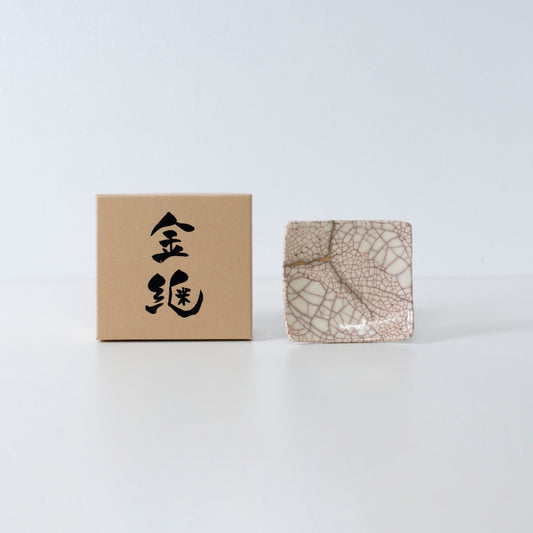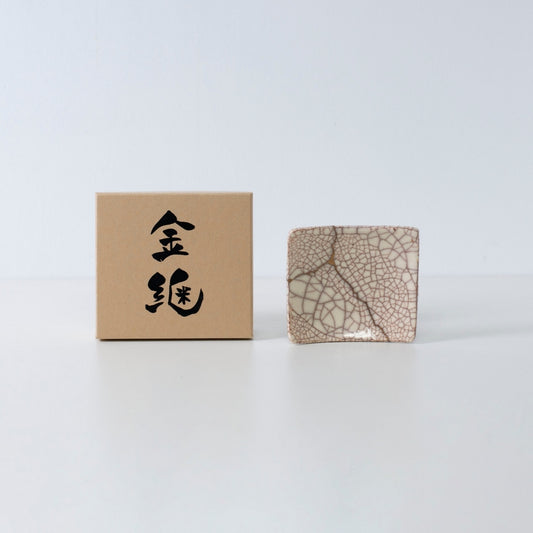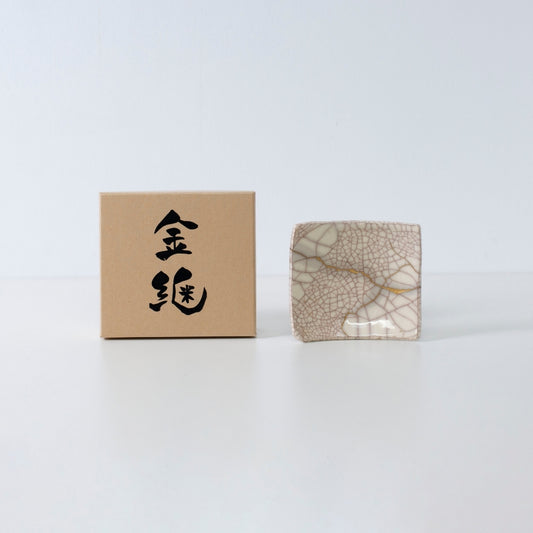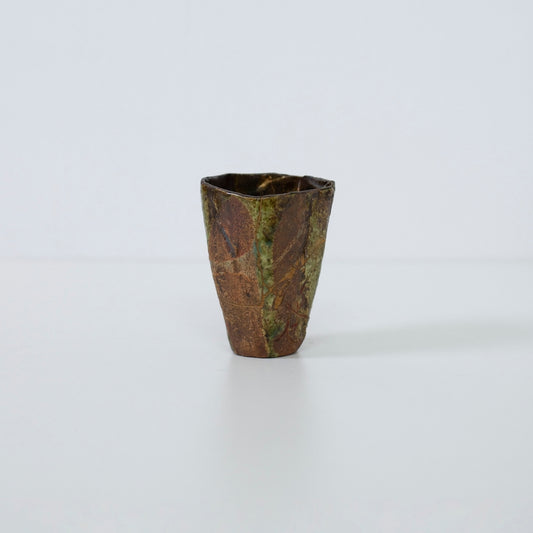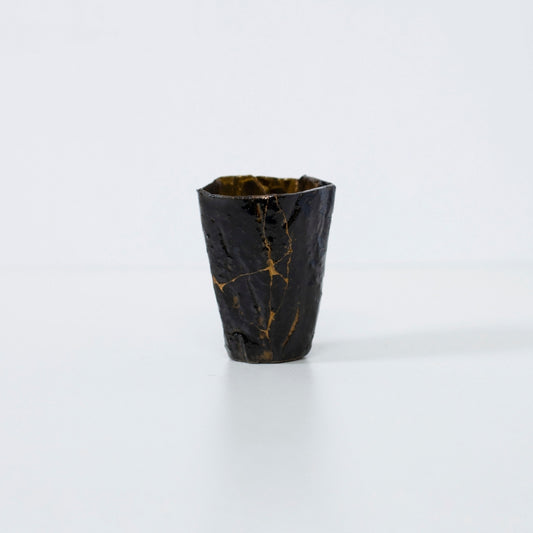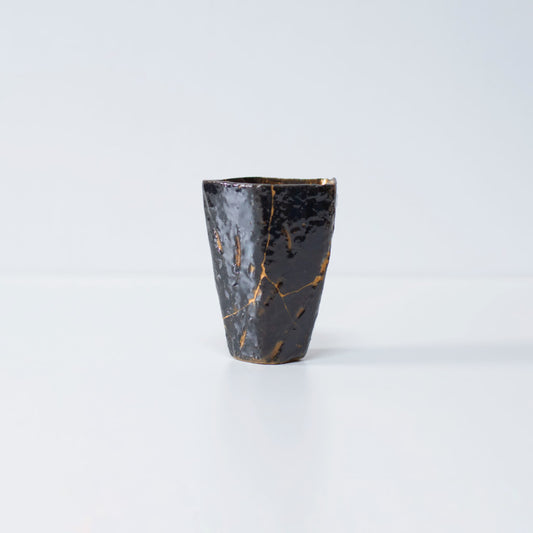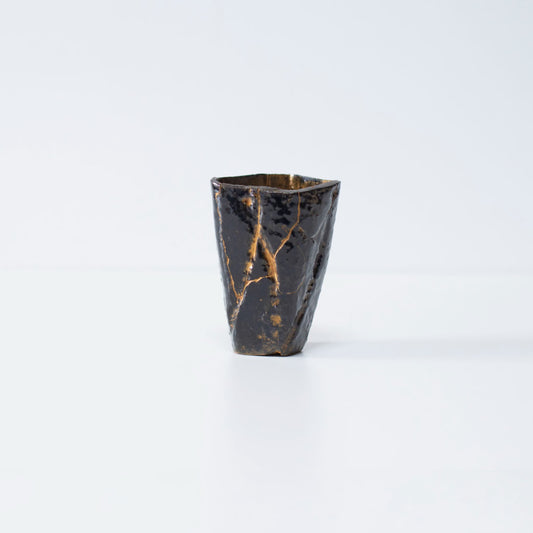Taku Nakano
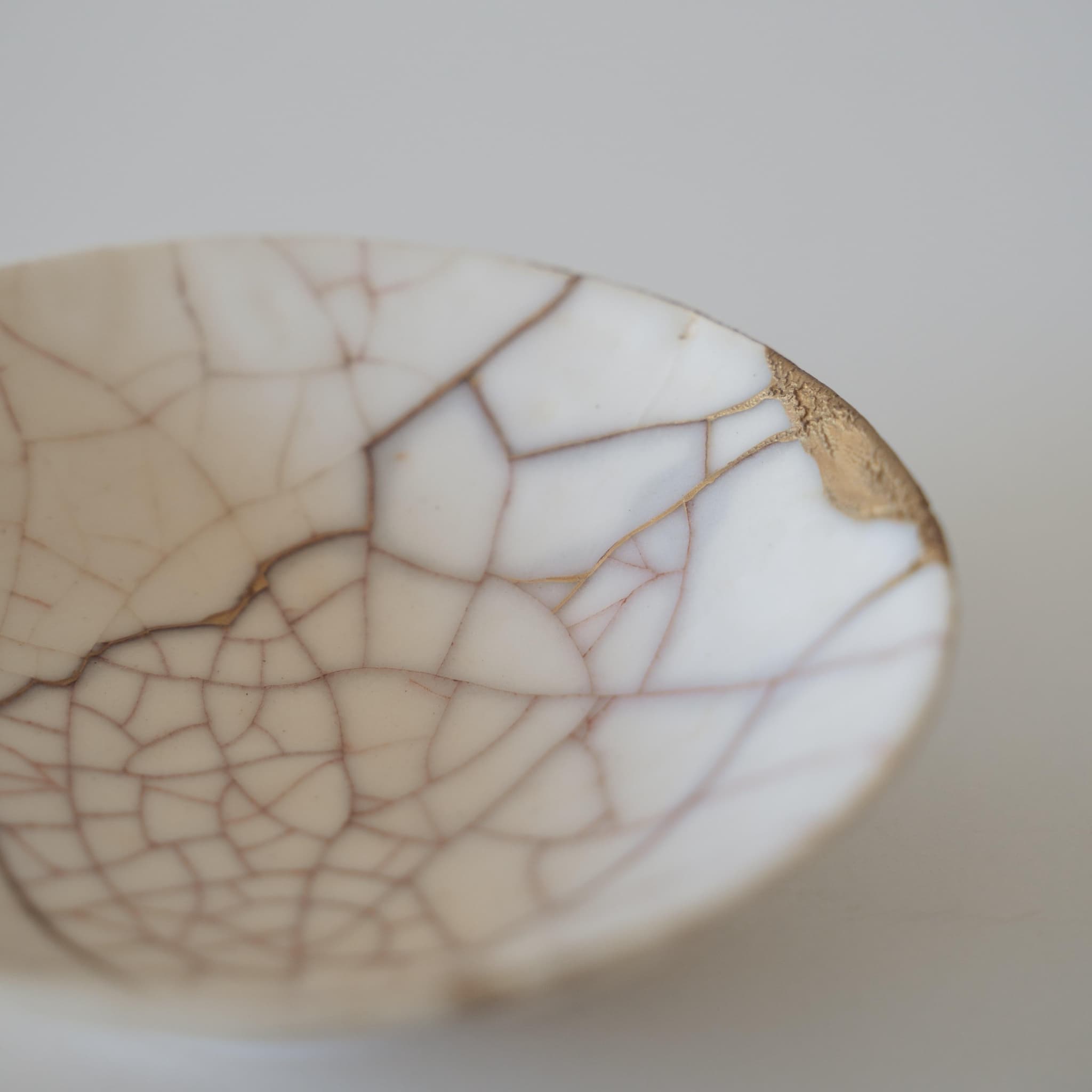
Taku Nakano
Taku Nakano is a potter who runs a ceramics studio in Omotesando, Minami Aoyama, Minato-ku, Tokyo. He creates unique ceramic pieces using rare materials such as precious metals, glass, and natural lacquer, with a focus on cosmic (celestial) motifs, crafting artworks in his own distinctive style. He also works as a Kintsugi master and was commissioned by the Georgian government to repair a wine jar, which was displayed as a symbolic object representing the meeting of Georgian wine culture and Japanese Kintsugi culture at the Georgian Wine Exhibition held in Tennozu Isle. Nakano's approach to merging ceramics and glass he crafts himself with Kintsugi, upcycling them to suit modern lifestyles, has been dubbed by the Nihon Keizai Shimbun as “a new wave in traditional crafts attracting global attention.” His flexible thinking, solid skills, extensive knowledge, and unique sense of combining these elements have garnered support from many ceramics enthusiasts. He has taught over two thousand students, including celebrities and dignitaries.
Kintsugi
Kintsugi is a traditional Japanese technique for beautifully repairing broken ceramics, born from Japan's unique historical and cultural background. Japan, often struck by natural disasters like major earthquakes and typhoons, has nurtured this culture of repair. As people living on these disaster-prone islands, the Japanese value overcoming adversity and emerging stronger and more beautiful. This ethos is reflected in Kintsugi, where the aim is not just to repair but to restore objects to a state even more robust and beautiful than before.
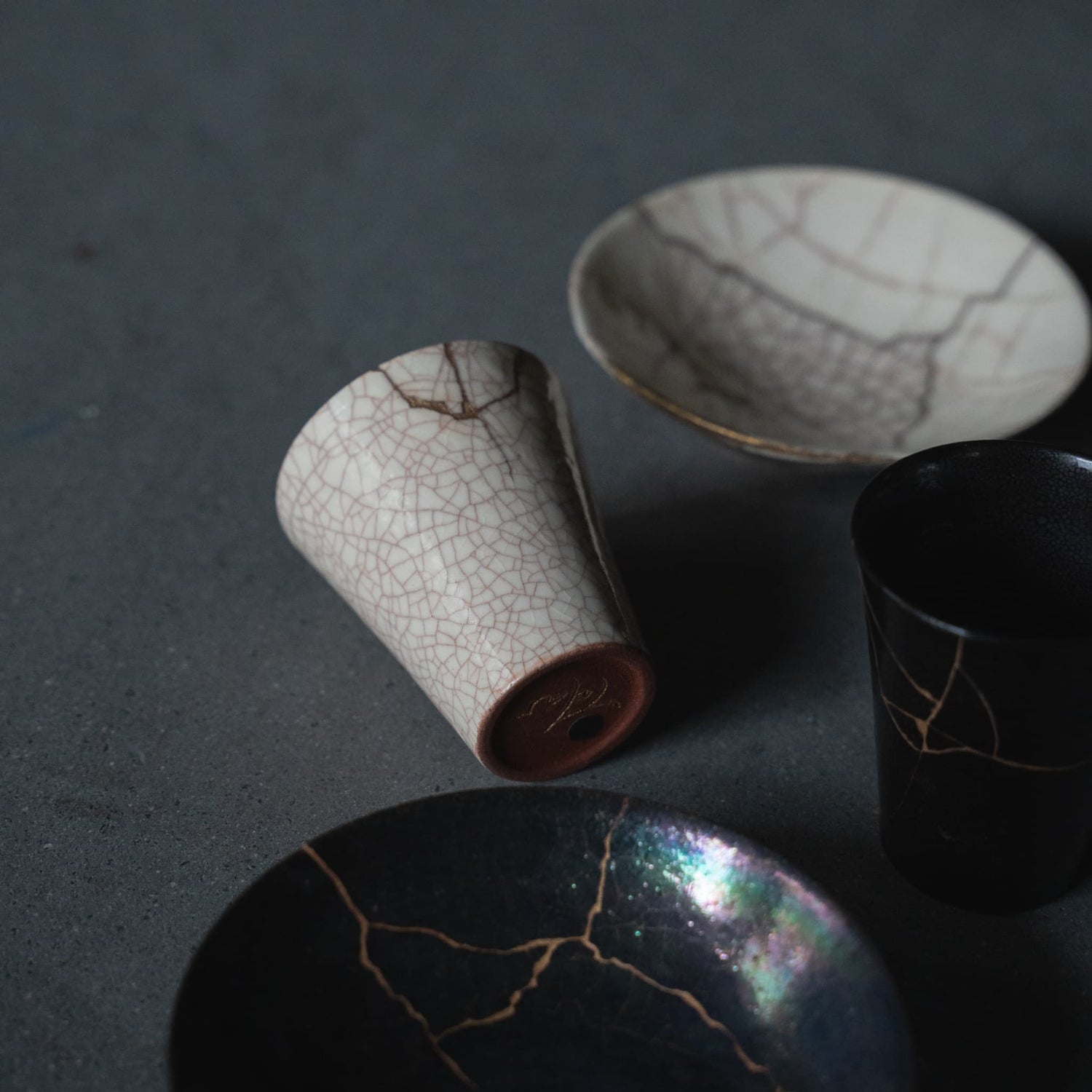
Background of Kintsugi
The background of Kintsugi lies in the aesthetics of 'wabi-sabi', embracing cracks and imperfections as part of beauty evolving over time. Also, reflecting the spirit of 'mottainai', or avoiding waste, Japan has cultivated a recycling culture since the Edo period, fostering a spirit of respect for objects. The philosophy that both objects and lives deserve a second chance, and that overcoming hardship makes one stronger and more radiant, is deeply ingrained in the technique and culture of Kintsugi.
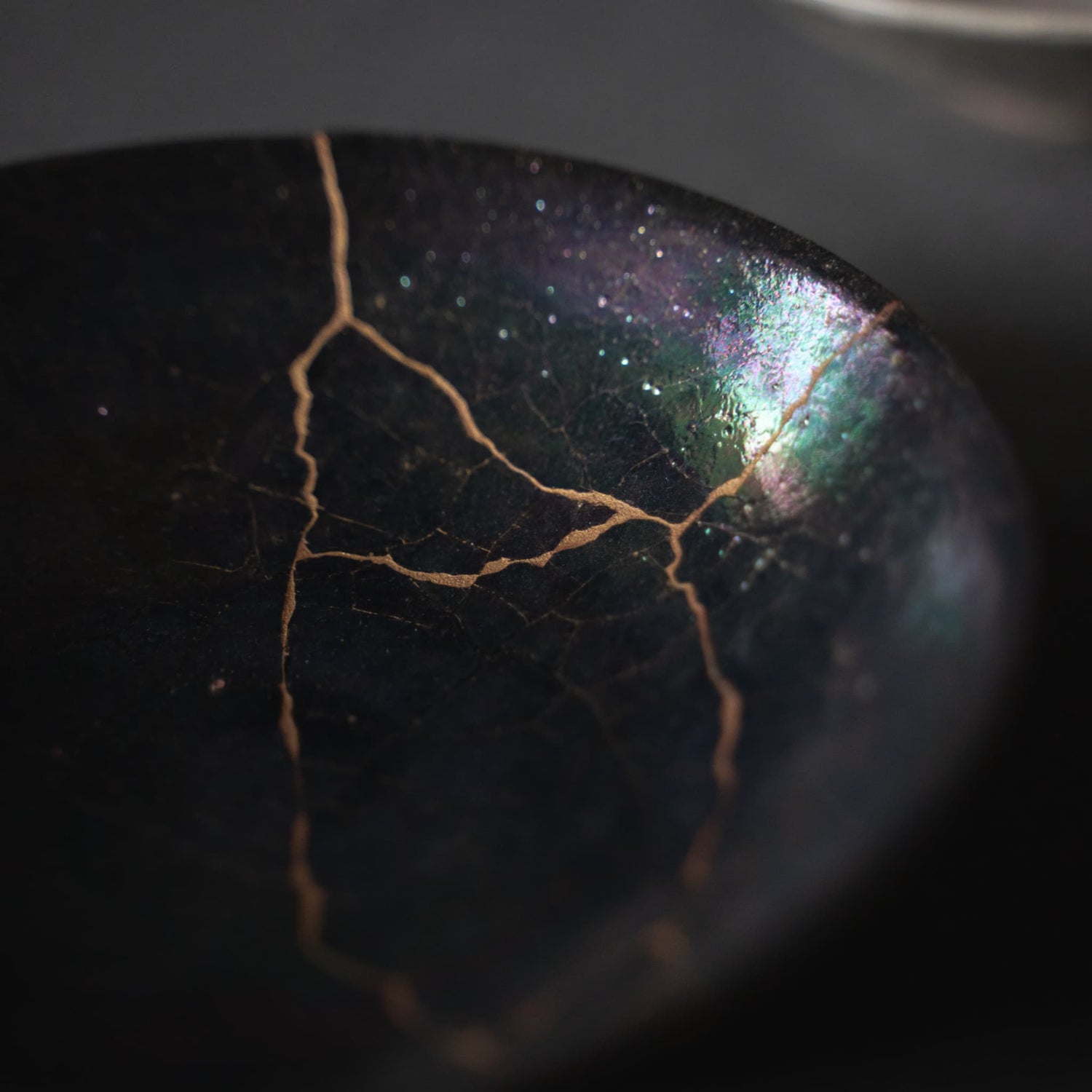
Spirit of Kintsugi
Kintsugi is more than a mere repair technique. It embodies a culture coexisting with the Japanese spirit, offering not just physical restoration but also mental rejuvenation and therapeutic effects, demonstrating the deep connection between objects and people. This traditional technique symbolizes Japan's history, culture, and mental resilience, imparting new value to damaged items and holding significant contemporary relevance as a sustainable practice.
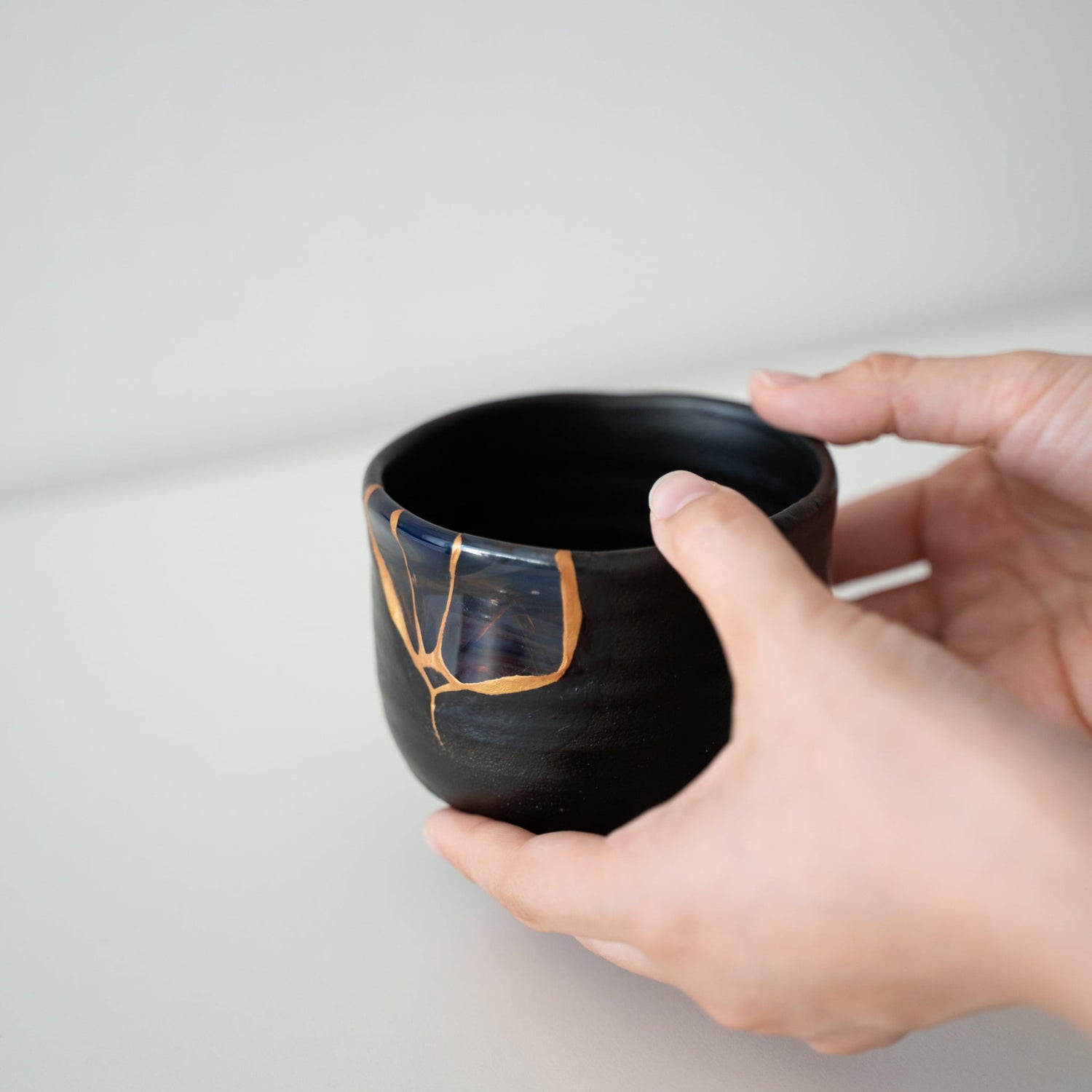
Kintsugi Gift & Experience
Kintsugi holds a special meaning for those who have overcome adversity. At Millennium Gallery, we offer a service to create personalized Kintsugi products through a collaboration with Taku Nakano. Why not gift a unique piece of pottery imbued with the aesthetics and philosophy of Kintsugi to someone special in your life?
Kintsugi Pottery Collection
-
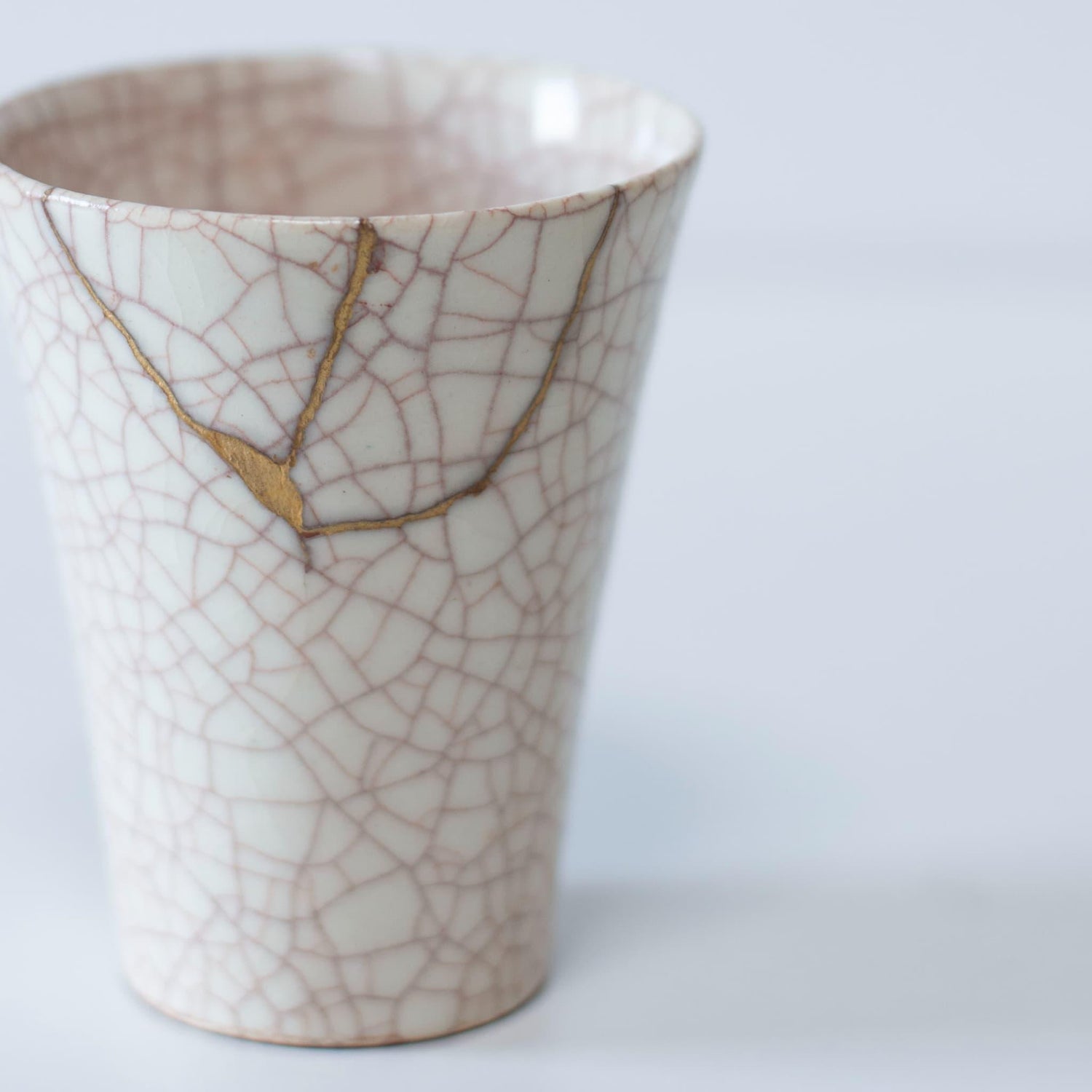
Kintsugi Cups
Kintsugi Cups Millennium Gallery Japan's Kintsugi art cup collection embodies the beauty...
-
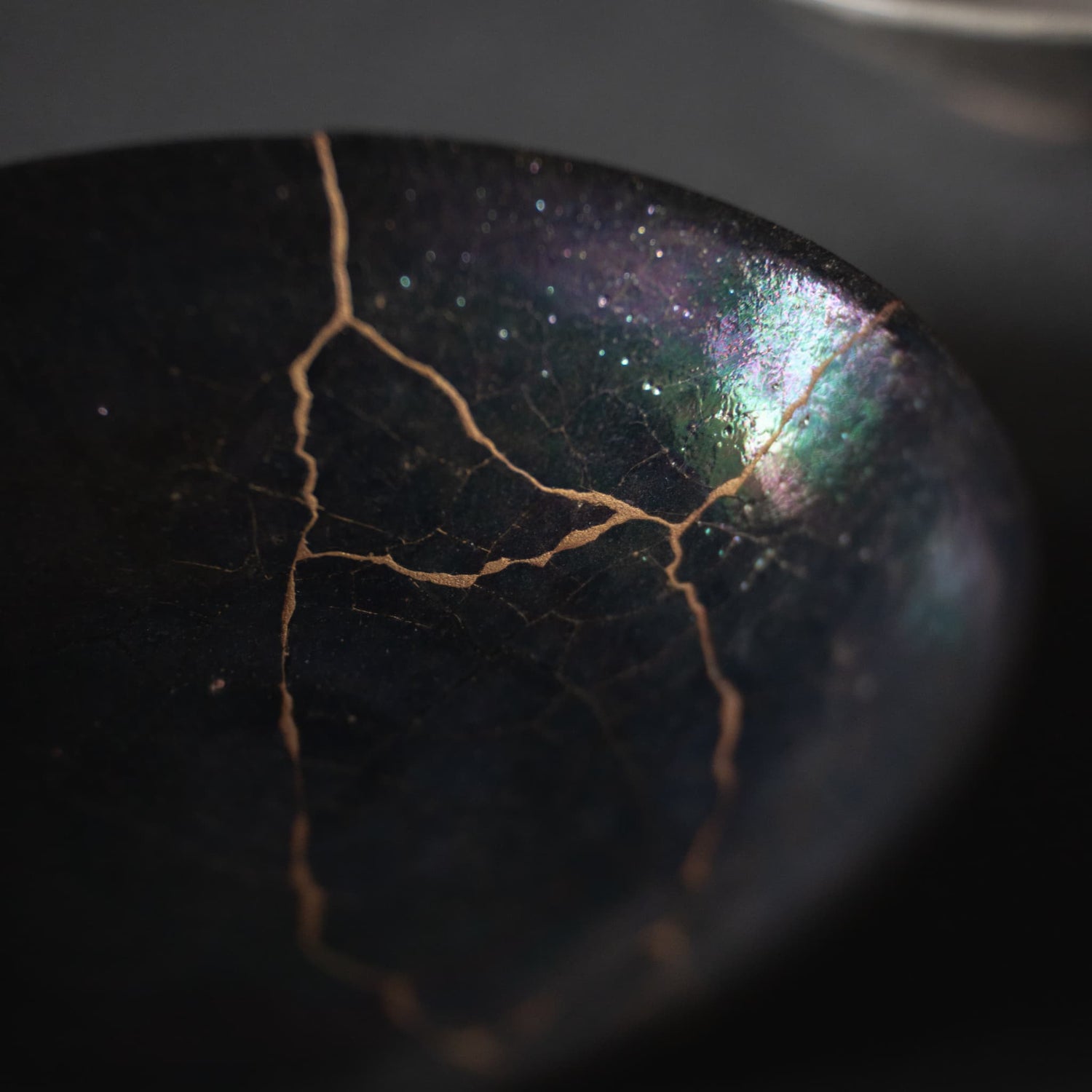
Kintsugi Bowls and Plates
Kintsugi Bowls and Plates Millennium Gallery Japan's Kintsugi bowl and plate collection...
-
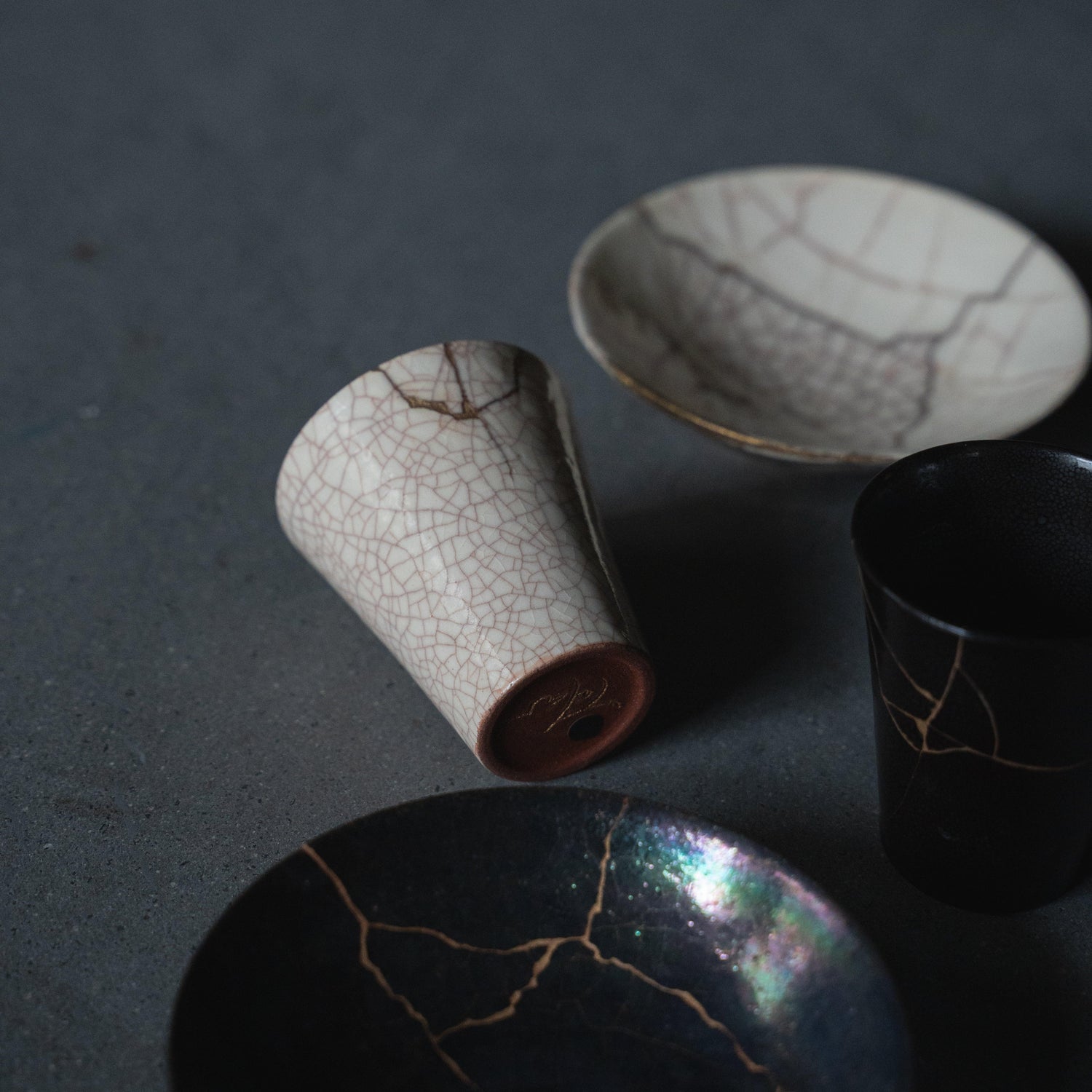
Kintsugi Pottery
Kintsugi Pottery The aesthetics of Kintsugi, closely aligned with the Japanese philosophy...
Kintsugi Pottery
-
 Sold out
Sold outKintsugi Bowl 01
Regular price $1,250 USDRegular price -
 Sold out
Sold outKintsugi Bowl 02
Regular price $1,050 USDRegular price -
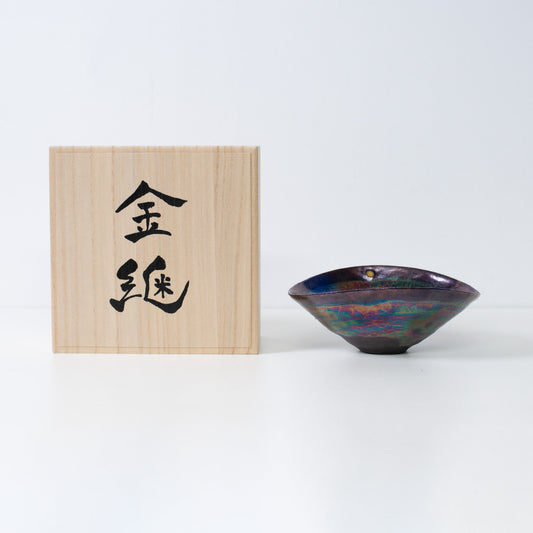 Sold out
Sold outKintsugi Bowl 03
Regular price $1,250 USDRegular price -
 Sold out
Sold outKintsugi Bowl 04
Regular price $600 USDRegular price -
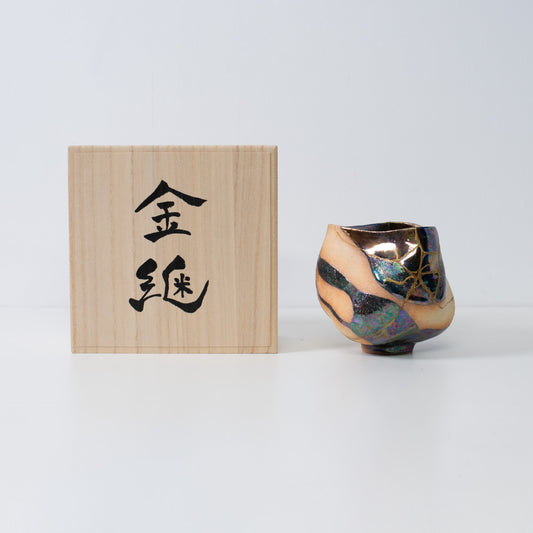 Sold out
Sold outKintsugi Matcha Bowl 01
Regular price $3,150 USDRegular price -
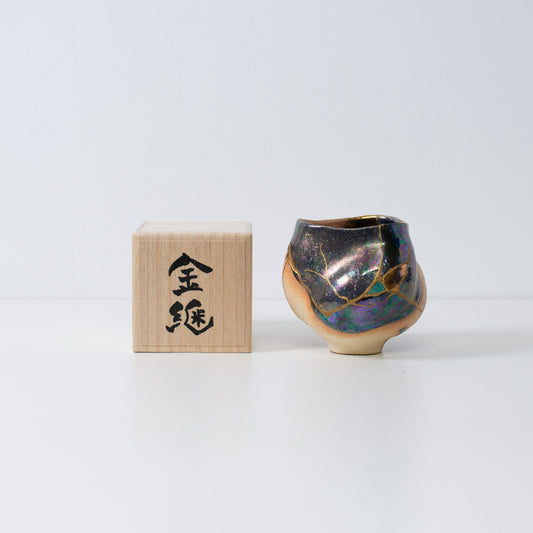 Sold out
Sold outKintsugi Matcha Bowl 02
Regular price $2,250 USDRegular price -
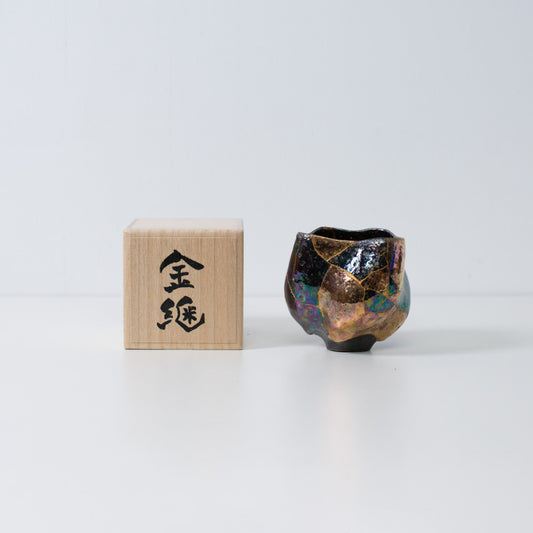 Sold out
Sold outKintsugi Matcha Bowl 03
Regular price $1,550 USDRegular price -
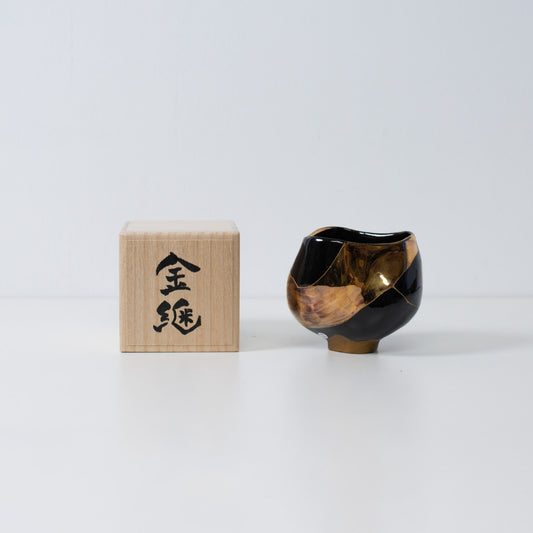 Sold out
Sold outKintsugi Matcha Bowl 04
Regular price $1,550 USDRegular price -
 Sold out
Sold outKintsugi Cup "Magenta Luster" 02
Regular price $780 USDRegular price -
 Sold out
Sold outKintsugi Cup "Magenta Luster" 01
Regular price $920 USDRegular price -
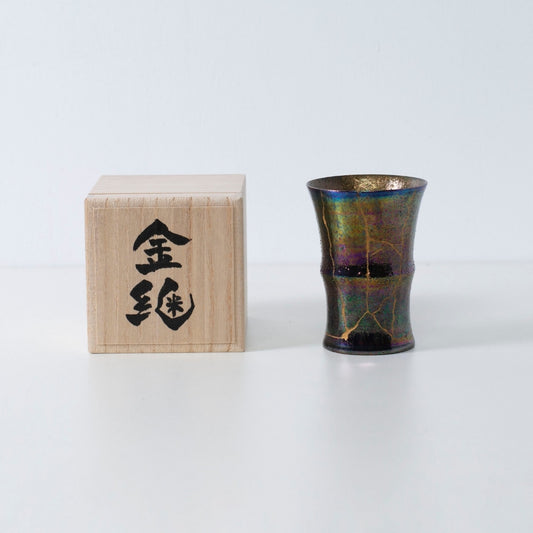 Sold out
Sold outKintsugi Cup "Rainbow Luster"
Regular price $560 USDRegular price -
Kintsugi Square Plate "Vermilion Crackle" 07
Regular price $650 USDRegular price -
Kintsugi Square Plate "Vermilion Crackle" 06
Regular price $650 USDRegular price -
Kintsugi Square Plate "Vermilion Crackle" 03
Regular price $650 USDRegular price -
Kintsugi Square Plate "Vermilion Crackle" 02
Regular price $650 USDRegular price -
 Sold out
Sold outKintsugi Plate "Oribe" Deep Green 02
Regular price $300 USDRegular price -
Pentagon Kintsugi Cup "Oribe" Deep Green 03
Regular price $300 USDRegular price -
Pentagon Kintsugi Cup "Tenmoku" Black 03
Regular price $300 USDRegular price -
Pentagon Kintsugi Cup "Tenmoku" Black 02
Regular price $300 USDRegular price -
Pentagon Kintsugi Cup "Tenmoku" Black 01
Regular price $300 USDRegular price
















